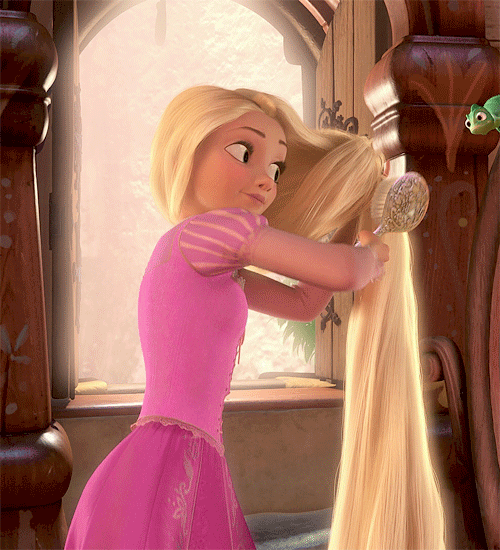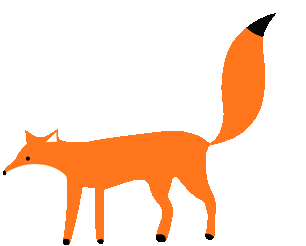
Take Trip Reading Town

to

Destination: Fluency
On the Road to Beginning Reading
Underhandly Untangle the Unusual
By Wendy Alley
Rationale: To learn to read and spell words, students need to know that letters are the symbols for phonemes and their spellings map out the phonemes we hear. Students need to have some phoneme awareness and letter recognition before beginning this lesson. This lesson will help students understand how the phoneme /u/ is represented by the letter u. They will hear the short u in words, spell words, and then read words, read a decodable text, and then be assessed through a worksheet to practice building knowledge about /u/=u .
Materials:
Pencil
Graphic picture of goofy scratching his head
Letterboxes (5 pieces of cardstock taped together)
Plastic letter tiles Letters: u, p, c, t, s, b, l, n, h, d, f, f, k, r, g, c.
Poster with tongue tickler: “Uncle was upset because he was unable to put his umbrella up.”
Decodable book: Fuzz and the Buzz
Laminated cards with the words: up, cot, sub, lunch, dust, stuff, flunk, sprung, crunch, and brum
Assessment worksheet: Below
Procedures: 1. Say: In order to become experts at reading we need to learn the code for how to pronounce words. We are going to learn about short u so we can identify each sound in a word that we read and spell. When I think about short u I think about Goofy (show picture of Goofy) saying, “Uhhhh, I dunno Donald!” scratch your head and say “Uhhh!” like Goofy with me.
2. We have learned all of our short vowels except short u, so after we learn that we will be able to read a lot of words. When I say /u/ my mouth is open and I make the uuuuhhh noise from the back of my throat. Let me hear you make the /u/ sound. Great job! I hear /u/ in words like stuff but I don’t hear /u/ in hope. Let’s see if we can find /u/. If you hear /u/ scratch your head like Goofy. Is it in rode? Hear? Fun? Stud? Bottle? Lump? Great!
3. Now let’s try a tongue twister. I will say it then you repeat it after me. “Uncle was upset because he was unable to put his umbrella up.” Your turn. I will stretch out the phoneme in a tongue tickler: Then if you hear /u/ scratch your head “Uuuuuuncle was uuuuupset because he was uuuunable to put his uuuumbrella uuuup.” Try it one more time but this time lets break off the word from the /u/ sound. “/U/ncle was /u/pset because he was /u/nable to put his /u/mbrella /u/p”
4. Now we’re going to practice spelling short u words using your letterboxes. First we will have to sound out the word to see how many sounds it has in it, each sound goes in a different box. If I was going to spell crunch I would sound it out /c//r//u//n//ch/ that’s 5 phonemes so I would put c in the 1st box, r in the next box, then u, then n, and ch in the last box together because they make one sound together. Now I’m going to have you spell some words in your letterboxes, we will start with 2 boxes and get harder, but I know you can do it. For each word say the word, use it in a sentence and have the students spell it in the boxes. If they don’t spell it correctly say the word they did spell and let them try again before showing them the correct spelling. You can allow volunteers to spell the words for the group after each word has been spelled, for students to check their spellings. The teacher can model as well after the students have spelled each word. Stop frequently and ask if students hear the /u/ sound in the upcoming word to check for phoneme awareness. Example: “Do you hear /u/ in cot? No, because it’s a short o sound like we learned last time, we are reviewing to make sure you remember”
Word list: 2 boxes (phonemes)—[up], 3—[cot, sub], 4—[lunch, dust, stuff], and 5—[flunk, sprung, crunch].
5. Now you will read short u words, but first I’m going to show you how to read a tough word. I’m going to show you how to read “stunk” 1st I see the u and I know it makes the /u/ sound then I add the /st/ to make /st//u/ finally I add the end /n//k/ making stunk (body coda modeling). Now it’s your turn. (Students can read words in unison off of the cards you’ve made).
6. Decodable book: Now I’m going to have you read a book called Fuzz and the Buzz. Everyone is going to have a partner and each person will read a page of the book. Book talk: Fuzz is a bear and he loves his mom, but one day he decides to run away from home. What do you think happens to Fuzz? Where do you think he goes? You'll have to read to find out. Break class into pairs and then come back together and read the book together aloud as a class. Don’t forget to talk about the page before you turn to keep students interested.
Assessment: Now I am going to give you a worksheet with words that have the short u sound. You should circle words that sound like they have the /u/ sound in them. I know you can do it. Collect worksheets use them as an evaluation of their understanding.
Worksheet:
Name___________________ Date________________
Short u
Fun Past Spill Cent Fluff
Cup Lump Frost Clap Grid
Funk Trunk Club Clock Sprung
Ran Glass Trust Blush Up
References: Fullilove, Casey. “Open Up and Say /o/” 2005. http://www.auburn.edu/academic/education/reading_genie/invent/fullilovebr.html
Cushman, Sheila, Pat Millie, and Patti Briles. Phonics Readers: Short Vowels. Dominguez Hills, CA.: Educational Insights, 1990. Print.
Murray, Geri. “Oh, I didn’t know!” https://sites.google.com/site/readingwritingconnection/beggingreadingdesign


